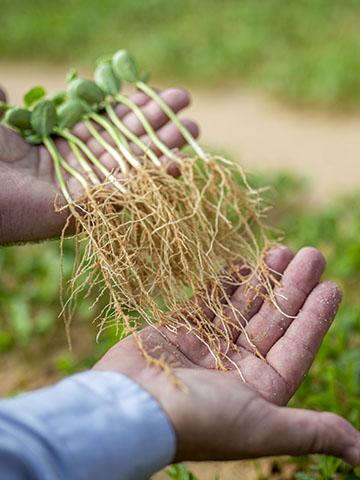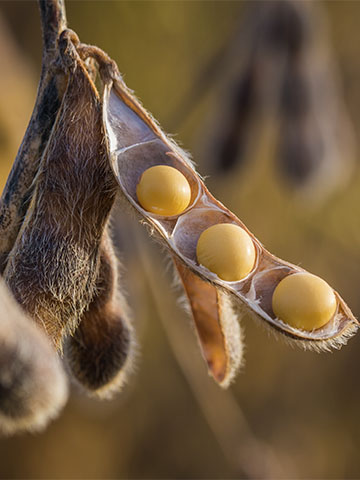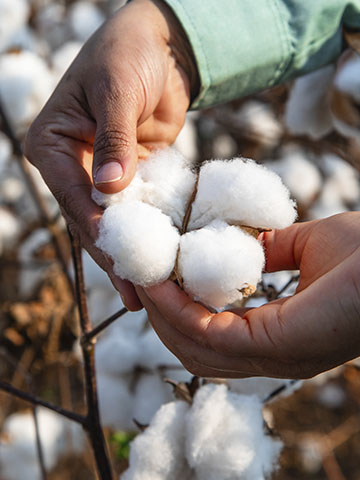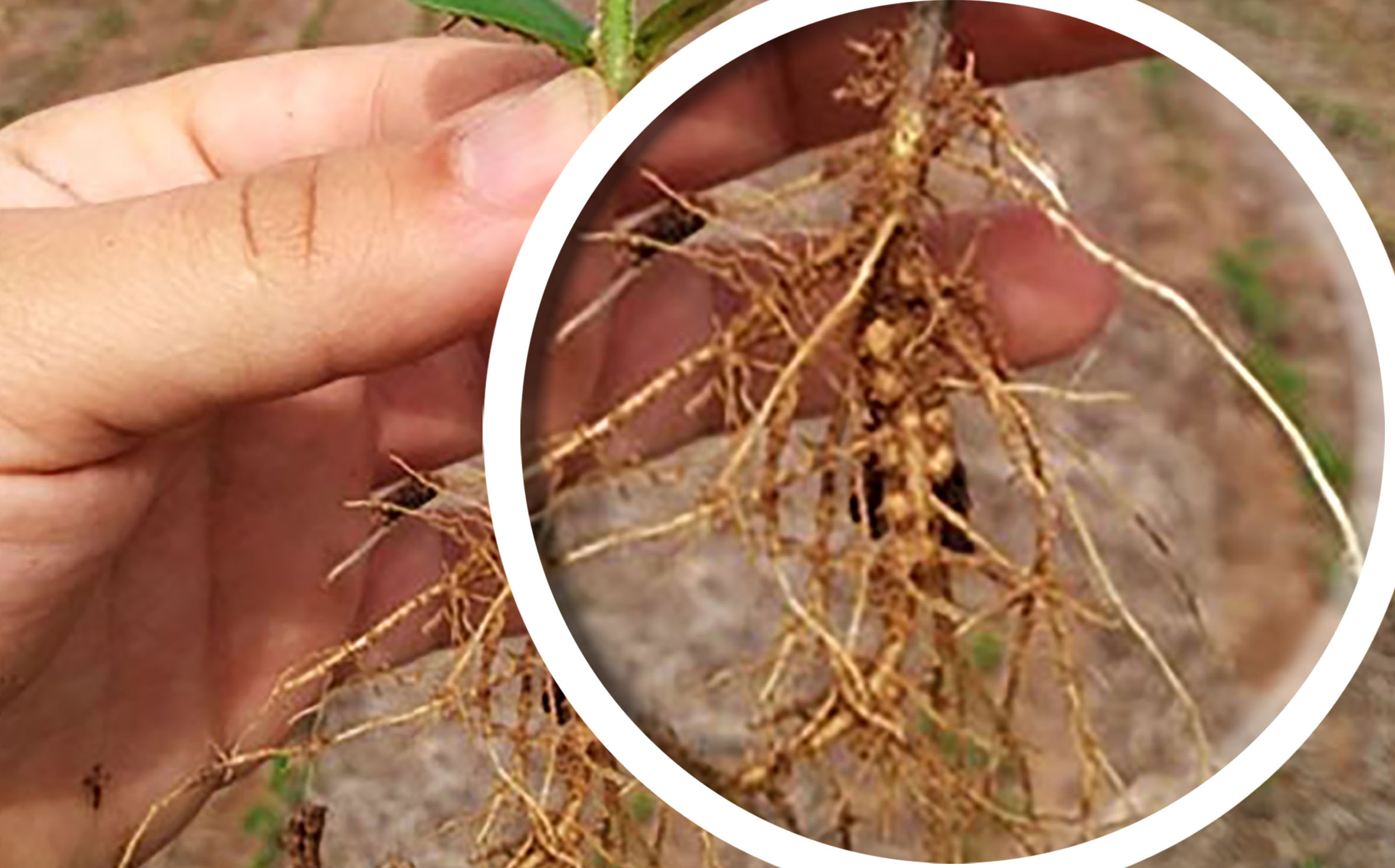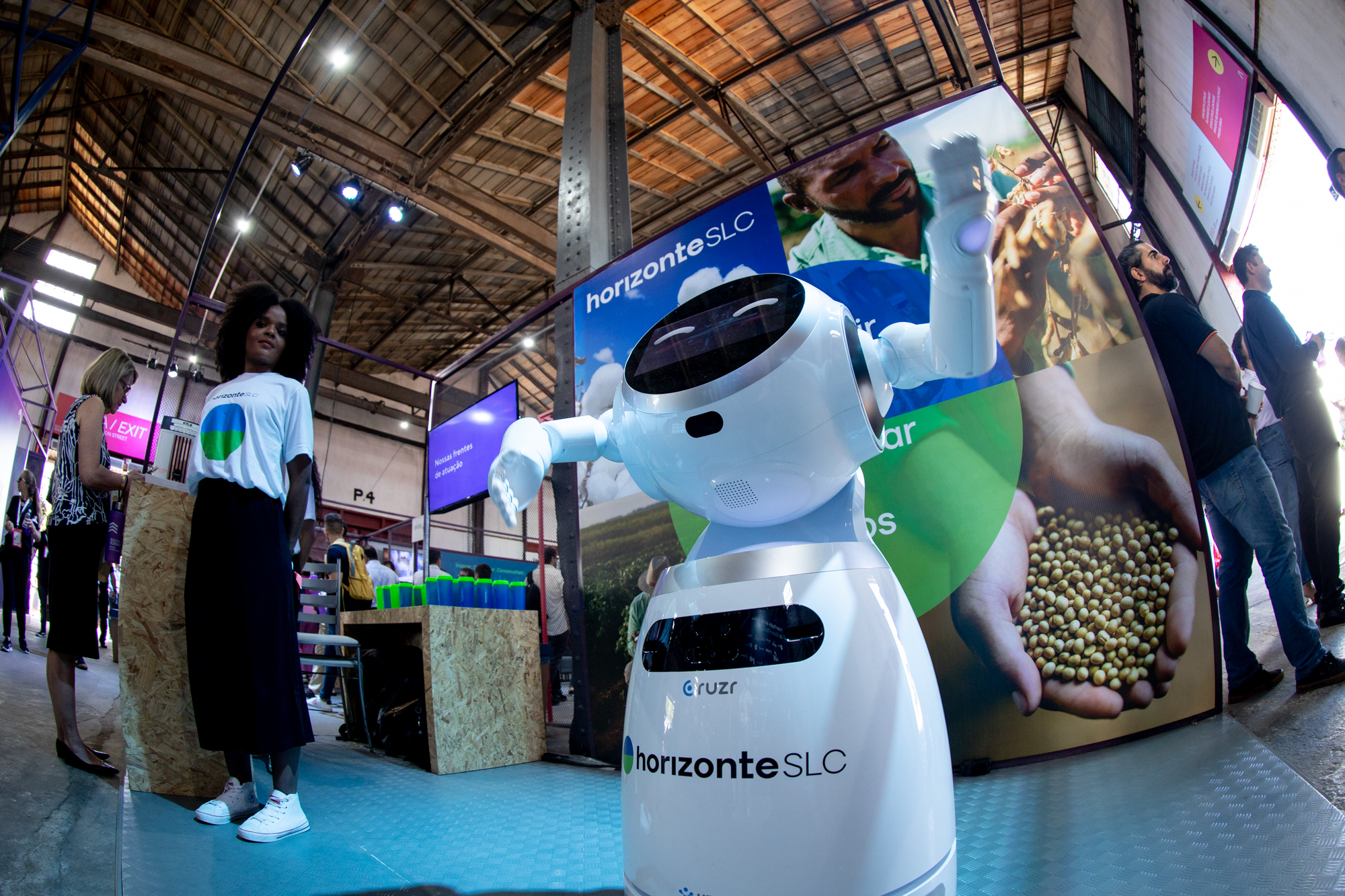Biological Nitrogen Fixation (BNF) with diazotrophic bacteria is recognized as the most significant process of adding this nutrient to the terrestrial ecosystem. Since it was elucidated, the process of BNF with bacteria of the genus bradyrhizobium has revolutionized the cultivation of soybean, allowing the fixation and the contribution of more than 300 kg of N ha-1 year-1 and guaranteeing high yields for this crop. However, modern agriculture is dynamic and complex and there are often challenging questions about currently recommended cultivation and management practices, including the need for annual inoculation.
The cultivation of the inoculated soybean allows the soil to be colonized with rhizobia over the years and this can infect and generate nodules in the next cycle crops. Because of this many farmers did not inoculate every year, because they believed that soil colonization was sufficient to ensure satisfactory nodulation and adequate yields. However, the efficiency of these bacteria is questionable and have shown to be insufficient, mainly because they are associated with the creation of small nodules in the secondary roots and not large and active nodules located in the main root because of the inoculation. In this sense, research results from renown scientific institutions have demonstrated that annual inoculation presents real benefits for increased productivity and should be maintained in the cultivation plan.
Another issue that has generated controversy among technicians, farmers and researchers is about the efficiency of nodulation for high levels of productivity and this has motivated recommendations for additional N via fertilizers. However, currently some crops already experience yields in excess of 90 or even 100 sc ha-1 with traditional inoculation, indicating that, when properly done, inoculation is enough to provide sufficient nitrogen at a low cost compared to the use of nitrogen fertilizers.
The success of an efficient inoculation involves the analysis of several factors. The choice of a quality inoculant, the quality of seed treatment, the combination of chemicals used in TS, soil cover with residues and their relationship with soil moisture and temperature, the direct incidence of solar radiation on the soil , pH, nutrient content and, especially, the time between seed inoculation and planting. The careful evaluation of these factors is fundamental to guarantee the survival of an adequate population of bacteria that guarantees an adequate number of nodules, as it is during this time that the potential of the culture can be defined.
Although in many cases operational practicality is sought, there are details that are critical to crop productivity and producer profitability. In this case, inoculation carried out correctly will dictate the success of the crop, since it does not matter if you use the best inputs on the market for the crop, if the inoculation is inadequate.
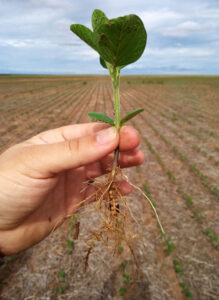
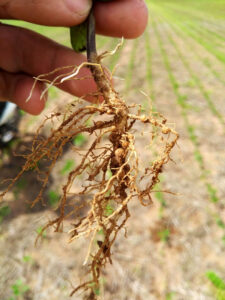

Author: Marquel Holzschuh | Soil and Research Coordinator at SLC Agrícola
Degree in Agronomy from the Federal University of Santa Maria – UFSM
Master’s Degree in Soil Science from the Federal University of Santa Maria – UFSM
PhD in Soil Science from the Federal University of Rio Grande do Sul – UFRGS
